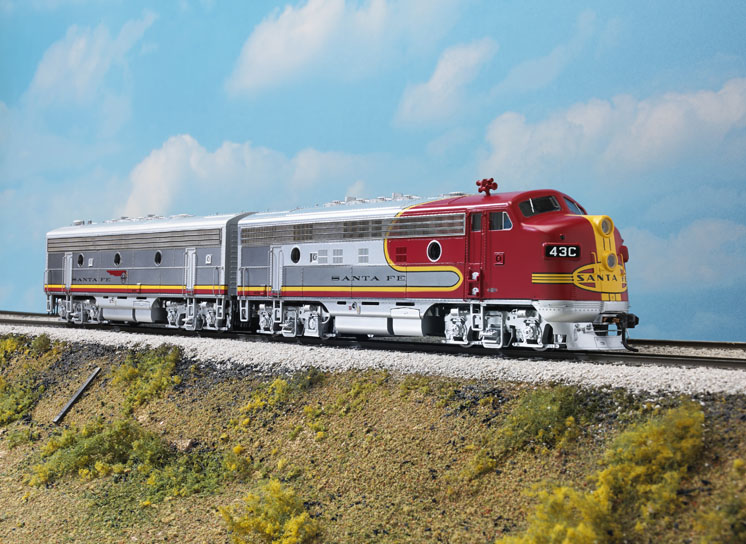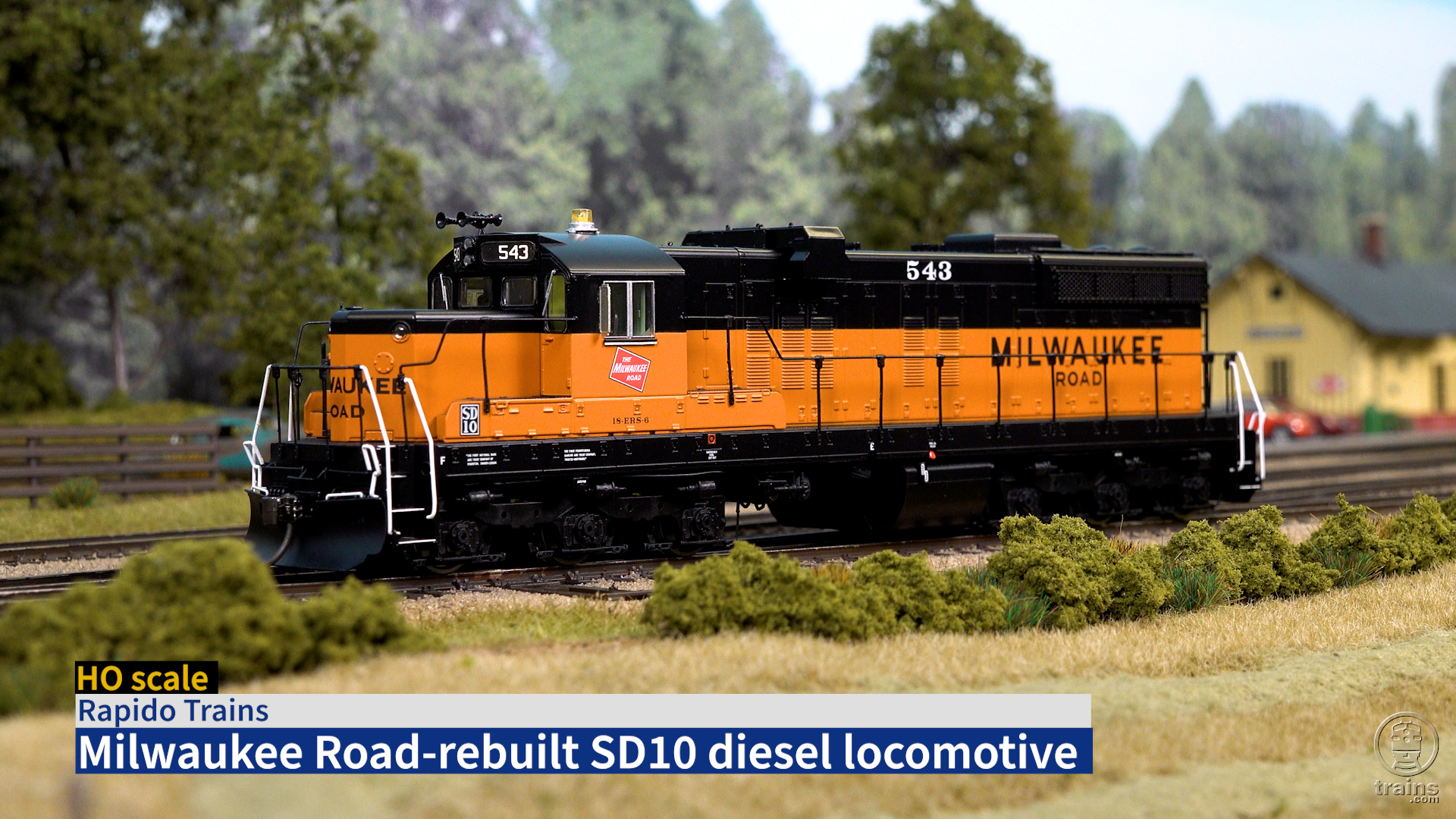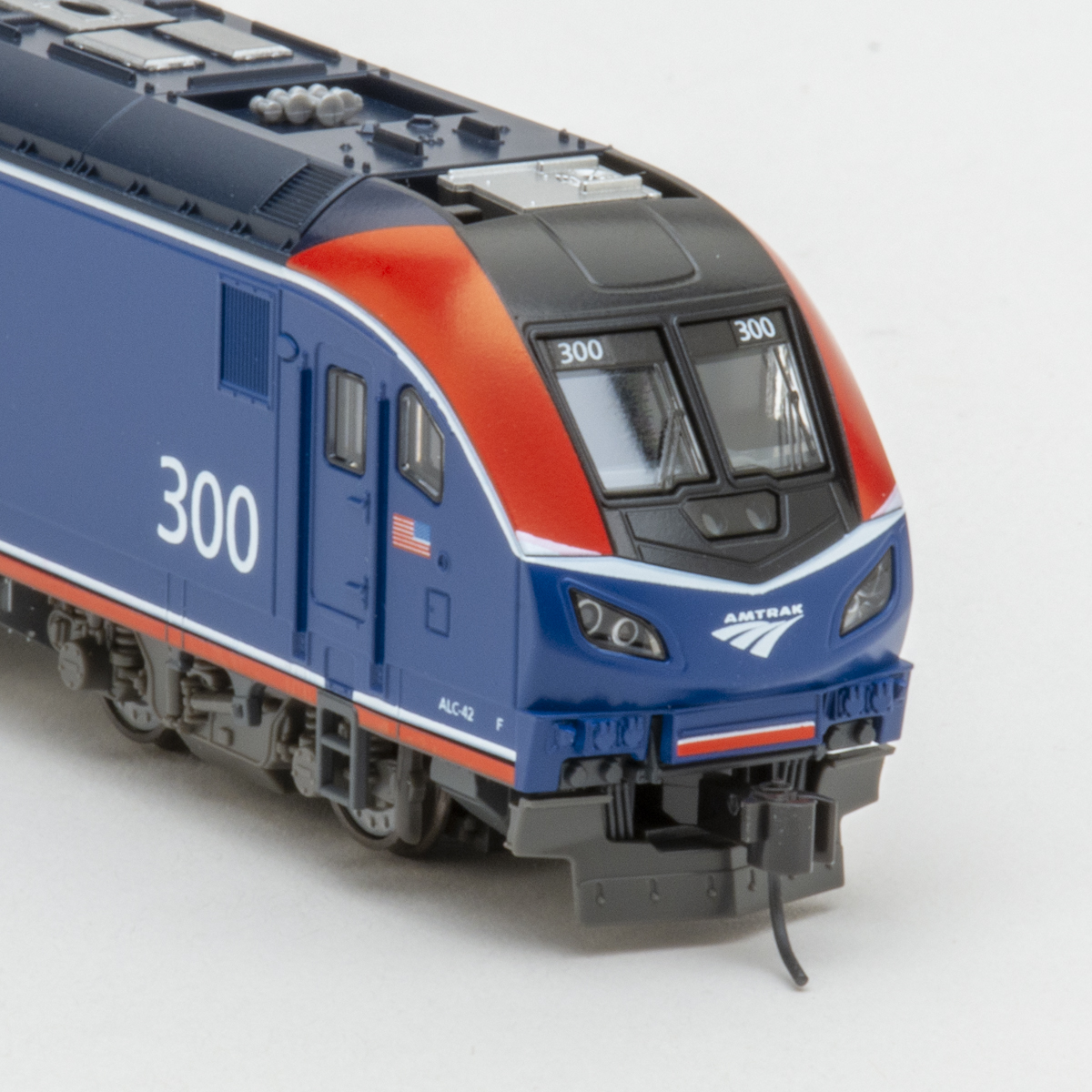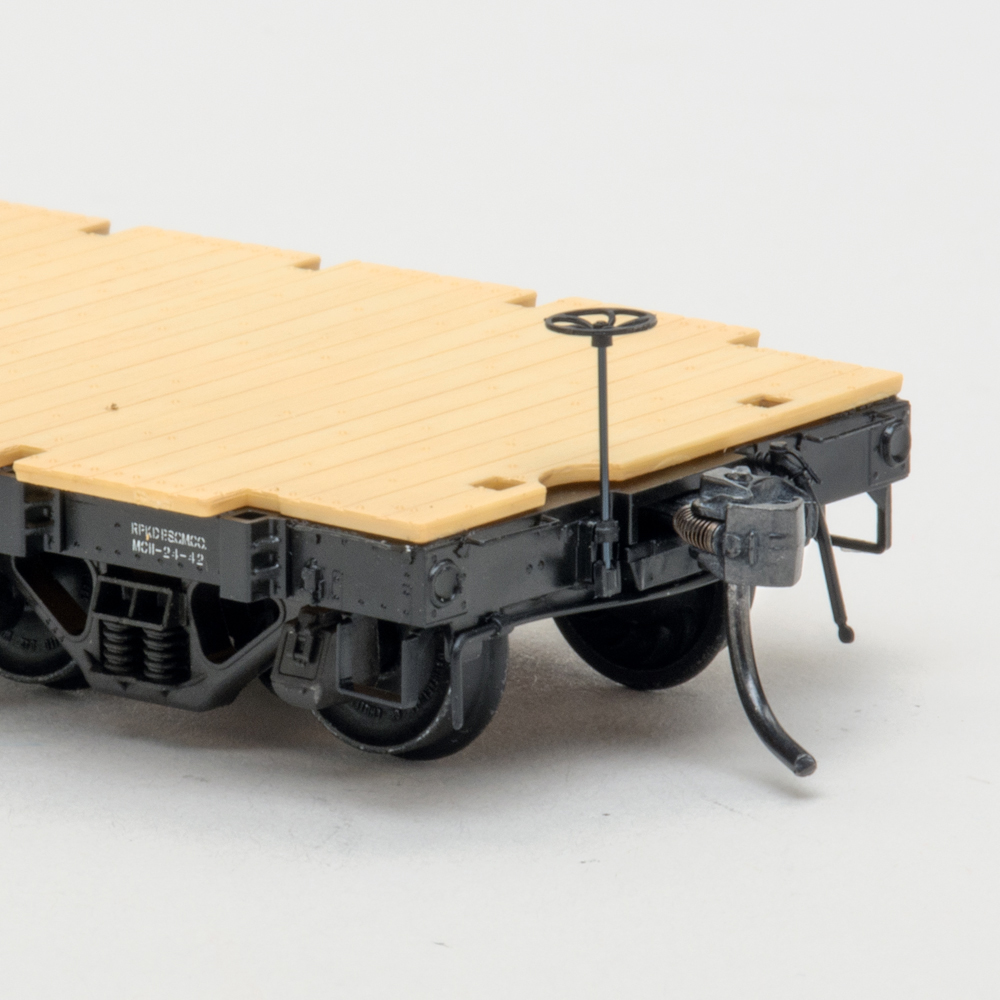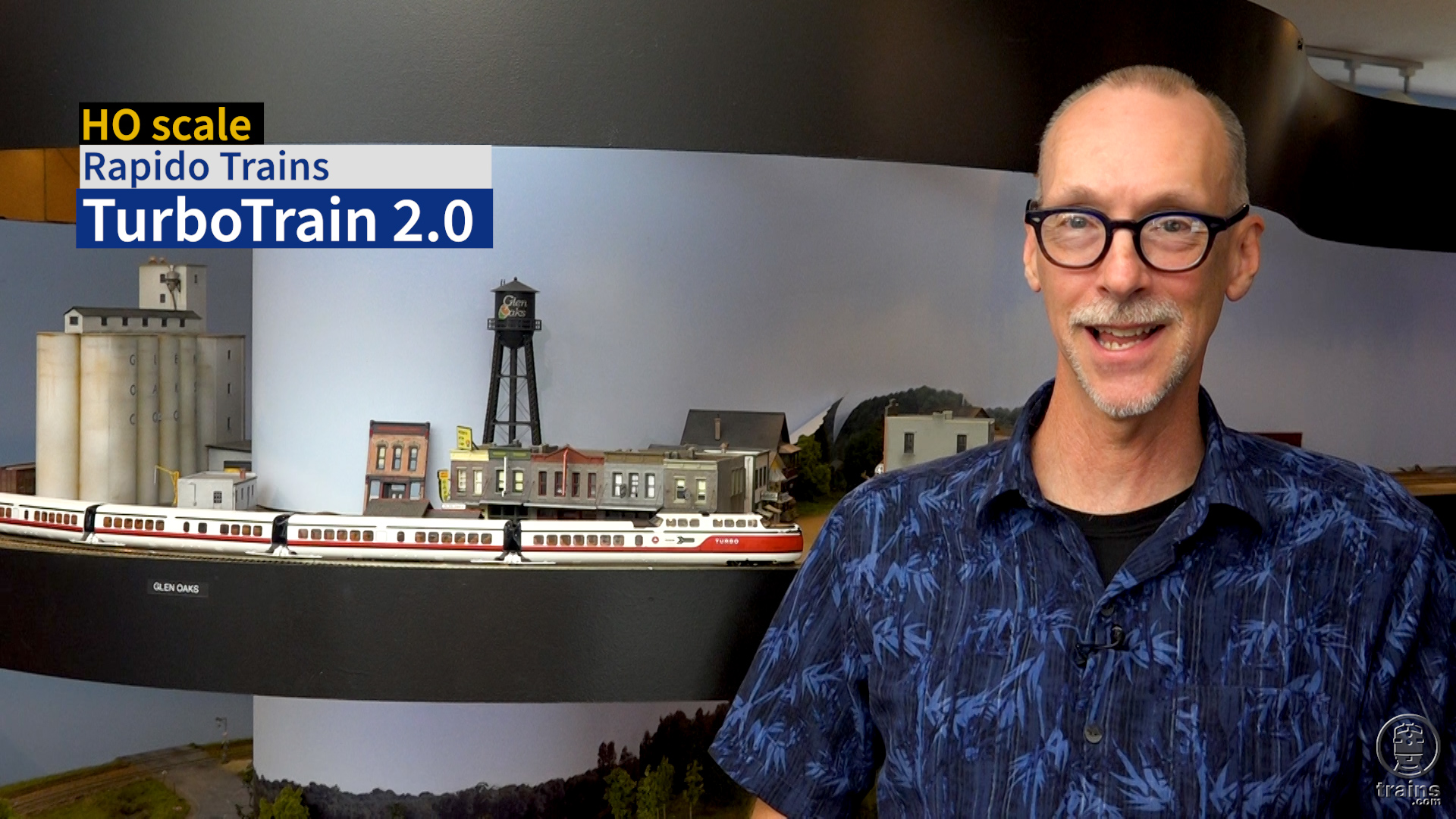Manufacturer
Wm. K. Walthers Inc.
5601 W. Florist Ave.
Milwaukee, WI 53218
www.walthers.com
Era: 1952 to 1970s
Comments: A pair of prototypically detailed F7s leads the Walthers HO scale San Francisco Chief. The smooth paint jobs have sharp color separation and clear printing. They match their prototypes as they were delivered in October 1952. Both A and B units feature SoundTraxx dual-mode sound decoders as well as flywheel-equipped motors with all-wheel drive and electrical pickup.
The models use much of the same tooling as the Proto 2000 from Walthers F7 that we reviewed in the November 2007 issue. However this version is detailed to model what railfans refer to as a Phase II F7, including vertical slit louvers and Farr Air grills and a 48″ diameter dynamic brake fan. The B unit features steam generator details on the roof.
Separate detail parts include the etched-metal Farr Air grills, brass Nathan 5-chime airhorn, and all the flexible plastic handrails, uncoupling levers, and m.u. hoses.
On our DC test track, a single unit started moving at 6.5 volts and accelerated smoothly to 106 mph at 12V. On our DCC test track the model moved at 3 scale mph in speed step 1 and accelerated to 80 mph.
When run on DC, the sound effects were limited to the EMD 567 diesel engine. Forward and reverse horn signals sounded when I flipped the direction switch.
The decoder offers much more control over the sounds, lights, and locomotive performance when used on a DCC layout. Using function keys, I had independent control over the correctly positioned nose-mounted Mars light and front-door-mounted dimmable headlight. In addition to the bell and dynamic brake fans, I triggered short or long airhorn blasts.
An extensive user manual describes how to program the decoder using configuration variables (CVs). I especially appreciated how easy it was to set up manual notching. I also easily advance-consisted the A and B unit.
Upgraded with SoundTraxx decoders, these F7s provide an impressive finale to Walthers’ San Francisco Chief series.





